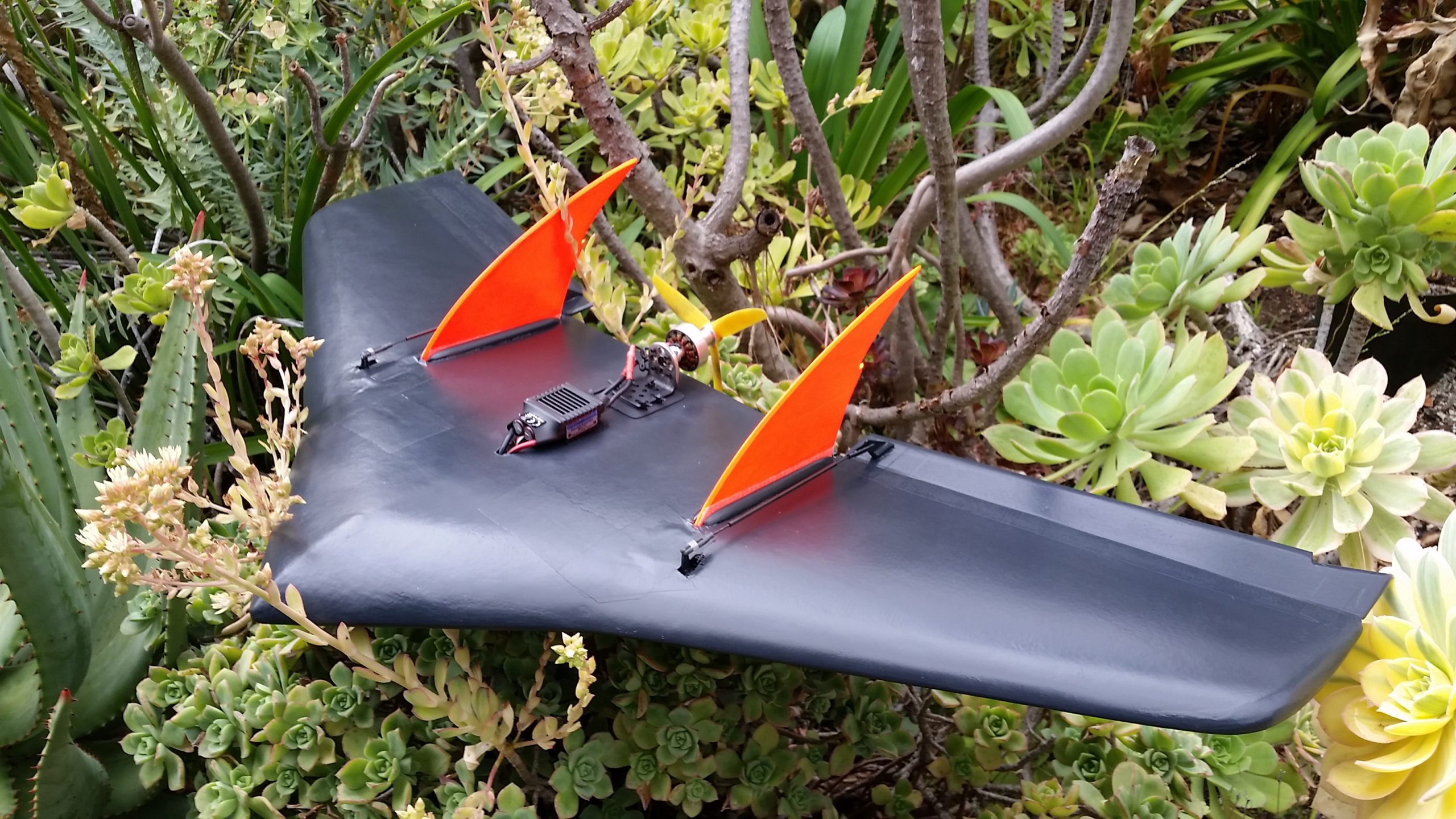Andrew
Gram
, Pasadena
, California
, United States
Posted on
2020-02-20 4:33:40
“Slope soaring (gliders) was what got me into RC flight. I couldn’t get the hang of it at first (this was before EPP foam came into common use). I gave up on it, put my stuff up in the rafters of the garage. After about 5 years passed, I decided to try again when I met a few friends that were into it, and because of them and EPP foam wings I finally learned to fly, that is, to stay aloft more or less as long as I chose. Later I got into quadrotors, and more recently fpv quadrotors, which is mostly what I do now and I have a lot yet to learn. I am on a very limited budget, which makes me a very conservative pilot. It sounds like this proposed FAA remote ID thing would make me an outlaw or force me out of the hobby. I was an engineer for my career, and I worked on equipment safety among many other things, such as equipment control and software development. In my professional opinion there is no safety crisis or set of safety issues that warrant what the FAA is proposing. Instead it is following a typical syndrome where some authorities “identify” or create a problem or set of problems, then make a show of “doing something about the problem”. It must be nice to have that kind of control over one’s job security. To summarize, however, I am quite certain that if actual safety problems related to RC aircraft were fairly and in a statistically valid manner ranked with all other safety concerns of all kinds according to frequency of accident and degree of risk, the threats posed by RC aircraft would be indistinguishable from the noise at the bottom of the list. Furthermore, nobody should be flying near airports or over dense concentrations of people, but we don’t need the FAA to tell us that or enforce it via the proposed remote ID scheme. When you look at other airborne scenarios, why the FAA allows manned helicopters to fly at all under any circumstances is a mystery and indicates that safety is not truly one of their top concerns.”


